How Much Is a Can of Dip? A Briefing for Bulk Buyers and Distributors
1. Factors Affecting the Price of a Can of Dip
The cost of a single can of dip, or smokeless tobacco, is influenced by a range of variables. These include the product’s brand reputation, ingredient quality, nicotine concentration, manufacturing method, and packaging format. Additional factors such as regulatory compliance, shelf life, and supply chain dynamics (domestic vs. international logistics) also play a role.
Well-established brands with wide distribution networks and high consumer recognition typically price their products higher than lesser-known or newer entrants. Conversely, value-tier brands may offer more competitive pricing but with fewer customization options or lower perceived quality.
To determine an accurate per-can cost—particularly for wholesale orders—buyers should consult directly with nicotine manufacturers, who can provide pricing tiers based on volume, formulation, and branding needs.
2. Regional Pricing Differences for Nicotine Products
Pricing can vary significantly by market due to local taxes, regulatory frameworks, consumer demand, and import/export conditions. Below are comparisons of two key regions:
China
China represents a growing market for alternative nicotine products, including dip-style and pouch-based formats. However, tariffs, import taxes, and limited distribution infrastructure can elevate final costs. Additionally, foreign tobacco brands entering China face compliance hurdles that may impact both product design and pricing.
United States
As one of the most mature markets for smokeless tobacco, the U.S. offers relatively stable and transparent pricing. Competitive pressure among domestic brands helps keep prices in check, although state-level excise taxes may affect retail prices. On average, a can of dip in the U.S. can range from $3 to $6, depending on the brand and region.
3. Cost Composition of Nicotine Products
Understanding the internal structure of product costs can assist purchasing teams in price negotiations and supplier evaluations. The total cost of a nicotine product typically includes:
-
Raw Materials: Nicotine base (synthetic or tobacco-derived), flavorings, carriers, and pouch fabric (if applicable).
-
Manufacturing: Labor, energy consumption, quality control, and machinery maintenance.
-
Packaging: Tins, boxes, labeling, and sealing methods.
-
Logistics & Distribution: Shipping, warehousing, and customs clearance.
-
Marketing & Regulatory: Label compliance, warning statements, and promotional design.
-
Overhead: Administrative, R&D, and licensing costs.
For instance, a liquid nicotine wholesaler may quote lower per-unit pricing due to fewer packaging and branding requirements compared to a fully branded pouch product.
4. Concept and Differences of White Label and OEM
Two primary procurement models dominate the nicotine manufacturing space: White Label and OEM (Original Equipment Manufacturer).
-
White Label: Products are manufactured by a supplier and sold to multiple clients who apply their own branding. These products are typically pre-formulated and ready for market deployment with minimal lead time.
-
OEM: This model involves tailored manufacturing based on a client’s unique product specifications. It allows for custom formulations, exclusive flavor profiles, and proprietary packaging formats.
The key distinction lies in control: white label offers speed and simplicity, while OEM supports long-term brand development and differentiation.
5. Which Is the Better Choice: White Label or OEM?
Choosing between white label and OEM depends on your company’s timeline, brand strategy, and budget:
-
Choose White Label if:
-
You need fast market entry.
-
You’re working with a limited budget.
-
You want to test market response before committing to custom product development.
-
-
Choose OEM if:
-
Product differentiation and innovation are top priorities.
-
You require control over formulation and packaging.
-
You aim to build a long-term, proprietary brand.
-
Many manufacturers, including Snuff Factory, offer both options to accommodate varying business needs.
6. How to Place Bulk Orders for Nicotine Products
Once you’ve selected a product format (dip, pouch, patch, gum) and chosen a procurement model (white label or OEM), placing a bulk order involves the following steps:
-
Initial Consultation: Discuss formulation, flavor, and packaging requirements with your supplier.
-
Sample Order: Receive and evaluate a product sample to verify compliance with your brand standards.
-
Quotation and Contract: Finalize pricing, lead time, payment terms, and any exclusivity arrangements.
-
Production and Delivery: Once approved, the supplier will manufacture and ship the bulk order according to the agreed timeline.
To explore product offerings or initiate a project, visit SnuffFactory.com or reach out directly via Get in Touch.
7. Conclusion
Understanding what drives the cost of a can of dip is vital for making informed B2B purchasing decisions. From regional pricing dynamics to internal cost composition, and from procurement model selection to contract execution, every detail influences your margins and market competitiveness.
Whether you’re seeking a reliable white label nicotine product for quick entry or an OEM solution for a proprietary line, experienced manufacturers like Snuff Factory offer the tools and scalability to support your growth.
For product options and ordering support, visit the Snuff Factory product page. Staying informed and aligned with industry-leading suppliers ensures you remain competitive in this rapidly evolving market.

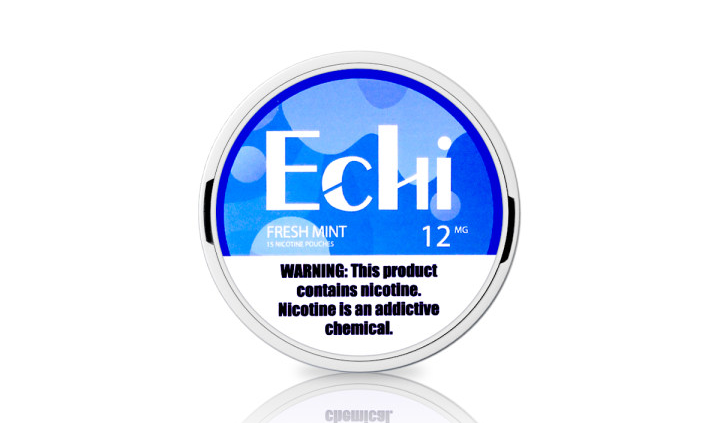
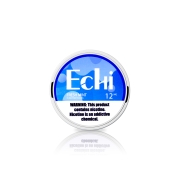
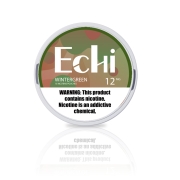
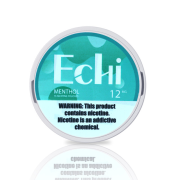
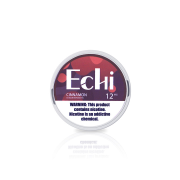




Leave a Reply
Want to join the discussion?Feel free to contribute!